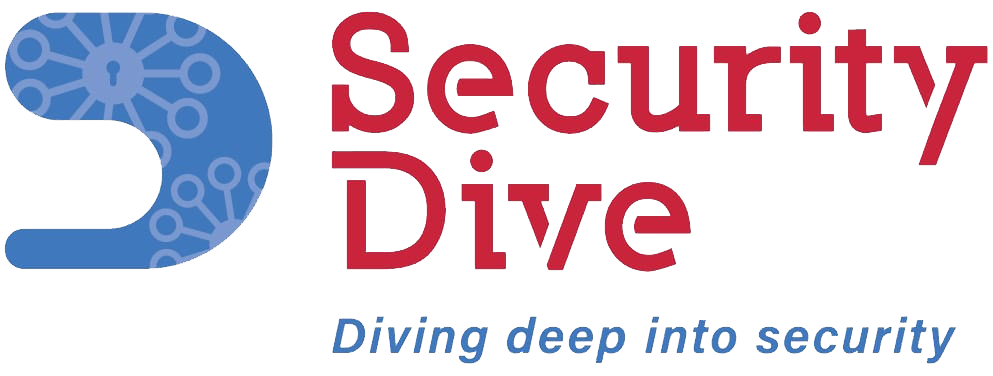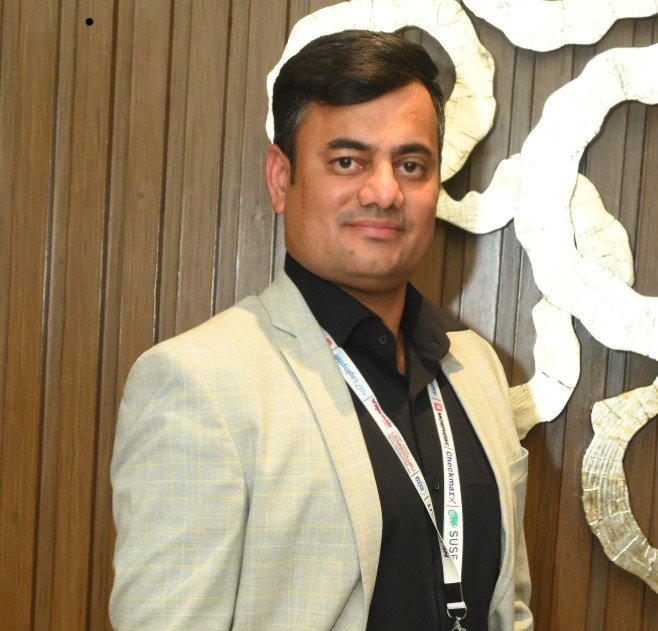Visibility a top priority for Org’s to manage growing complexity & remain competitive: Vinay Sharma, Regional Director, India & SAARC, NETSCOUT
In today’s time cyber adversaries are more resilient, take-down-resistant networks that makes tough for detection to mitigation strategies for security teams. It is important that network operations teams insights to fine-tune their strategies to stay ahead of these evolving threats.
From earning the trust of Fortune 500 Companies, Service Providers, Govt Agencies Banking, Healthcare, Manufacturing etc to creating a robust patent portfolio related to DPI, performance analytics and other innovations to support the unique capabilities is what NETSCOUT aims to continuously do to achieve a benchmark.
In this interview with Vinay Sharma, Regional Director, India & SAARC, NETSCOUT, gave us detail tour on how NETSCOUT is working towards reducing cyber security related risk in the ever evolving threat landscape.
Securitydive.in: Organisations are adopting cybersecurity products to reduce business risk. What one piece of advice would you give to business leaders to reduce cybersecurity-related risk?
Security risk is not so much associated with the lack of security tools as with the lack of complete visibility into the digital network, because what cannot be seen, can hurt. The real danger is hidden in the details that the tools do not capture.
In the continuously expanding digital ecosystem, visibility should be a top priority for organizations to manage growing complexity and remain competitive.
It is the packet-level visibility that provides raw, unfiltered access to what’s happening within the network. With this capability, security teams can detect stealthy behaviors such as lateral movement, encrypted malware, or protocol abuse that many tools can miss.
Securitydive.in: With the use of AI and advanced ML, cyber threats are becoming more powerful and devastating. How does NETSCOUT advise enterprises to stay ahead of threats?
Vinay Sharma: NETSCOUT leverages AI and ML technologies in its ATLAS Threat Intelligence Feed and is an unique set of capabilities for adaptive DDoS protection.
AI/ML technologies are also leveraged in NETSCOUT’s Arbor Edge Defense (AED) and Arbor Enterprise Manager (AEM) products as part of its Adaptive DDoS protection solution to combat AI-enabled DDoS threats.
NETSCOUT combines these capabilities to enable organizations to proactively safeguard their critical infrastructure.
Vinay elaborates on The NETSCOUT ATLAS global threat intelligence system and how it monitors over 550 Tbps of Internet traffic in real-time across over 500 ISPs and 2000-plus enterprise sites from over 100 countries.
We advises enterprises to invest in proactive adaptive measures to protect their complex IT environment, where threat actors leverage AI and Advanced Machine learning technologies.
Securitydive.in: In terms of proactive threat detection, what are the main sources for threat intelligence for NETSCOUT, and how does NETSCOUT help org’s with a dynamically changing threat landscape?
Vinay Sharma: Threat Intelligence, which involves the collection, analysis, and interpretation of information about potential cyber threats, is the foundation of proactive defense against cyber threats, especially in today’s dynamic threat landscape.
Threat Intelligence equips organizations with enhanced preparedness and establishes an effective incident response.
It ensures cybersecurity measures are adaptable and in alignment with the latest threat landscape. In the absence of threat intelligence, organizations will have to deal with blind spots in their cyber defenses, delayed responses, ineffective risk management, and face isolation from the broader cybersecurity community.
NETSCOUT’s ATLAS Intelligence Feed (AIF) identifies emerging threats and provides invaluable insights to fortify enterprise security. It derives its strength from decades of experience and visibility into nearly 50% of all global internet traffic.
ATLAS Security and Engineering Research Team (ASERT) of NETSCOUT collaborates with government Computer Emergency Readiness Teams (CERTs) and the cybersecurity community, ensuring AIF’s accuracy.
With a vast collection spanning more than 15 years and advanced processes, AIF delivers accurate and actionable intelligence in real-time and automatically arms all NETSCOUT Arbor DDoS attack protection products.
All solutions are lazed with the latest DDoS attack tactics and methodologies, known sources of DDoS attacks and Indicators of Compromise.
This is done so that organizations can protect themselves from DDoS attacks and other cyber threats and automatically adapt protections as those attacks change vectors.
Securitydive.in: Can you help organizations with legacy systems defend their critical infrastructure with threat visibility?
Vinay Sharma: We are into it and defending organizations who have legacy systems .
NETSCOUT technology analyzes legacy IPv4 or IPv6 traffic, which is ubiquitous in all critical infrastructure environments. If proprietary protocols do exist, full packet analysis can be customized to provide visibility.
Securitydive.in: What is the competitive landscape like, and what are some of the unique offerings you have for customers?
Vinay Sharma: We as organisation try to deliver unique Observability, Service Assurance, CyberSecurity, DDoS protection and AIOps solutions
We have made sure all our products and solutions can tackle the performance, security and availability challenges of the world’s largest and most complex digital ecosystems. Some of our competitive differentiators include:
- Using deep packet inspection (DPI) to analyze all layers of network traffic in real-time for security, performance management, and operational visibility at carrier-grade scale.
- Converting packet data into Smart Data in real-time, making it cost-effective, scalable, and valuable to other technological eco-systems such as Splunk, ServiceNow, Palo Alto Networks, and others.
- Using a unified approach and single platform across physical, virtual, and cloud environments for observability or service assurance, threat detection, analysis, investigation, forensics, and adaptive DoS protection to gain end-to-end visibility
- Leading the way for carrier-grade scalability for monitoring 5G, LTE, and VoIP environments, handling massive traffic volumes in real-time.
- Providing flexibility and broad applicability to any enterprise, any cloud, any network, any application, any service, any vendor – anywhere, so multi-vendor, heterogeneous and hybrid environments can thrive.
Securitydive.in: How does NETSCOUT help provide real-time monitoring of vendor security postures?
Vinay Sharma: The observation is that most monitoring tools offered by third-party providers are not adequate in sufficiently filling the visibility gaps present in the network, on their own.
These tools are unable to show the transactions throughout the enterprise, which is needed to pinpoint and address problems effectively.
NETSCOUT’s nGeniusONE and Omnis Cybersecurity solutions can be configured to monitor third-party software and applications running on the organization’s network.
Edited by Gargi Chakravorty



